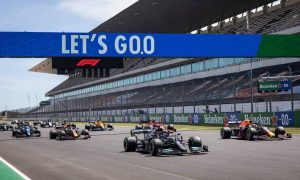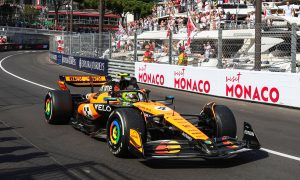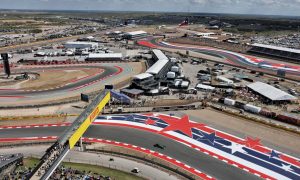
The Miami Grand Prix could become a night race in future, according to plans being discussed by the local promoters.
This year's race was held in the late afternoon in hot and sunny conditions, with high humidity just one ot the challenges being faced by the drivers and teams on the grid at Miami International Autodrome.
Even so, the US east coast location made for a late evening race in Europe, with the start not taking place until 8.30pm in the UK and 9.30pm across the rest of the continent.
The situation will be even more acute for the first Las Vegas Grand Prix later in the year which will be held on Saturday night, with an additional two hours time difference to Europe to factor in compared to Miami.
But the organisers in Miami feel that the potential loss of TV audiences in Europe due to the middle-of-the-night timing is justified by greater prime time interest across the US and from the cooler, fresher night time conditions.
"We have had some discussions about that," Miami GP managing partner Tom Garfinkel told select media including RacingNews365.com at the weekend when asked if a time change was being considered.
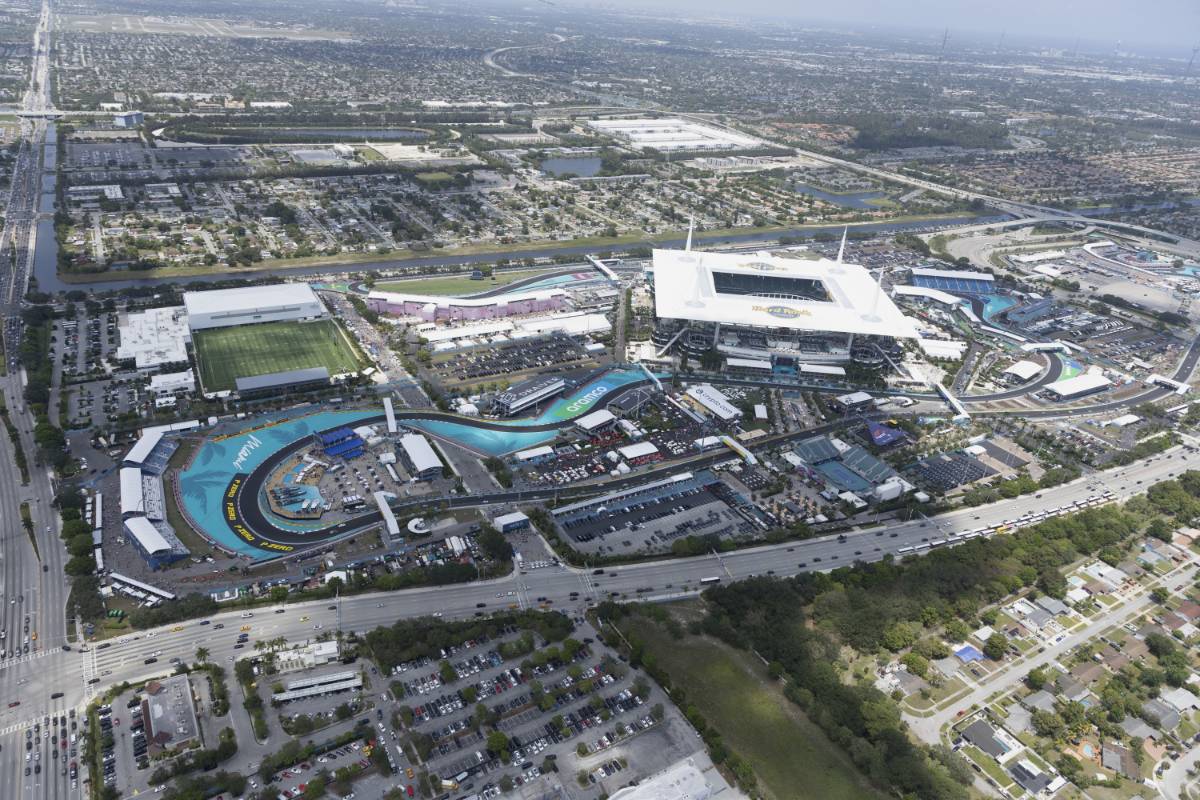
"Obviously this time of year the weather is a bit unpredictable. It was pretty nice this year, the breeze helps a lot, but last year was unseasonably hot.
"But there are a lot of factors that go into that, with F1, television and everything else," he continued. "We've got to weigh up all of those things, but we are certainly open-minded to it.
"We are not at a place where we are making a decision right now," he added. "We are having discussions about 'if we did it, what would it look like?'"
One notable problem this weekend was a very slippery track, after the organisers opted to resurface the street circuit around the Miami Dolphins' Hard Rock Stadium, after complaints it was breaking up during last year's race.
They then opted not to 'waterblast' the new surface that would have removed a slippery layer of bitumen and oil which is present in a new layer of tarmac, as it is expected to make it better and more durable in the long term.

“Without doing the water blasting it'll have a little more longevity,” Garfinkel explained. "This climate - with the sun and the humidity and some other things will affect the track - as it ages, it's supposed to get better."
“I think it improved quite a bit over the weekend," stated race winner Max Verstappen, who had good reason for finding nothing to complain about after pulling off an emphatic victory on Sunday.
“It's a street circuit. You can't expect it to be amazing offline, that's how it goes," he said. "It was a lot more fun to drive compared to last year. I think the tarmac has been a lot better."
Garfinkel said that other changes made to the circuit since last year had been well received by the drivers. “Last year it was a little bumpy at places, but we've gotten feedback from the drivers that it is much smoother.
"We talked to all the drivers, we talked to all the team principals, we talked to the FIA, F1 and everyone had differing opinions about turn 15/16 and what we should do.
“But the conclusion was really with F1 and the FIA to try to just soften the apex a little bit and take the kerbs down a little," he said. "The feedback we've gotten is that [the drivers] like it much better.
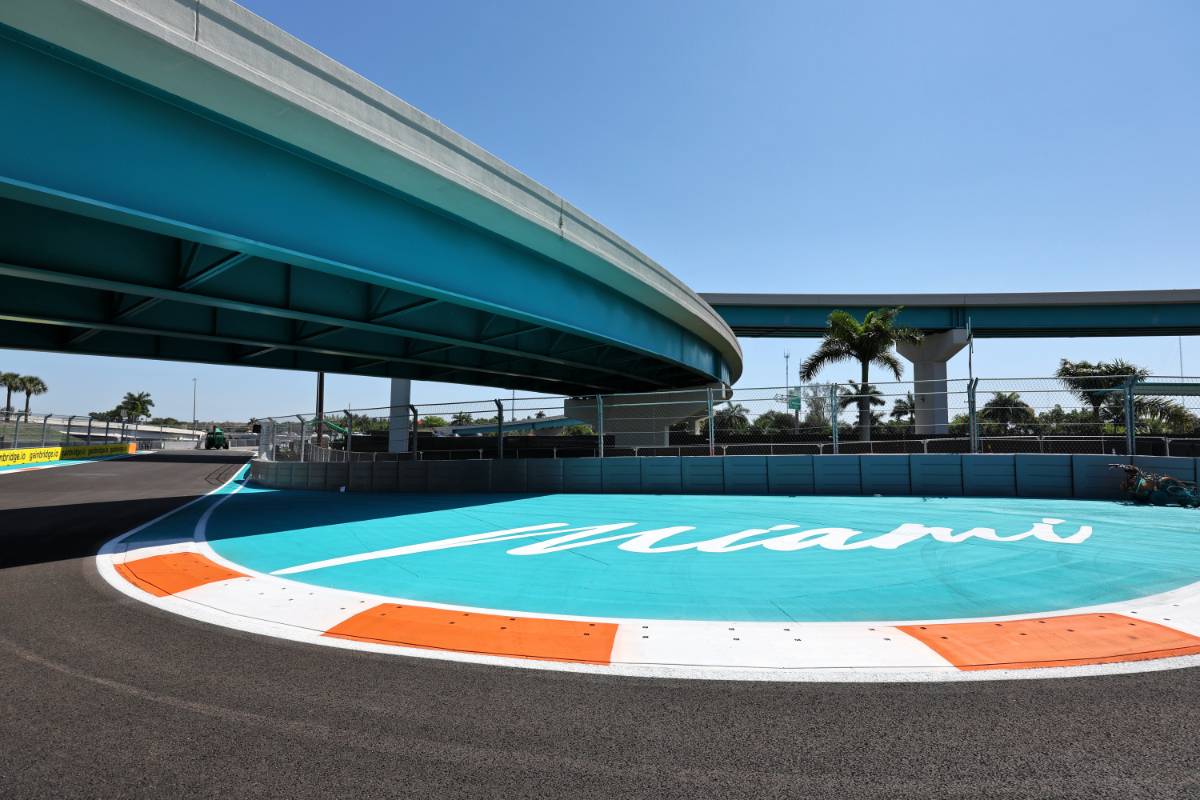
“This year, we’ve softened that a little bit," he said. "It was originally kind of a harsh corner because of safety and trying to really work hard to slow the cars down before you got through there."
However the lack of all but one support races to clear dust and dirt off the circuit and lay down some rubber on the racing line had remained a factor.
"I think if you get more rubber on the track offline, you're going to have better racing during the race," Garfinkel acknowledged, adding that they were looking to add more support races in future. “We're contemplating it.
"It's just more entertainment, more racing for the fans, so if we can do that then it might make sense.”
Keep up to date with all the F1 news via Facebook and Twitter





